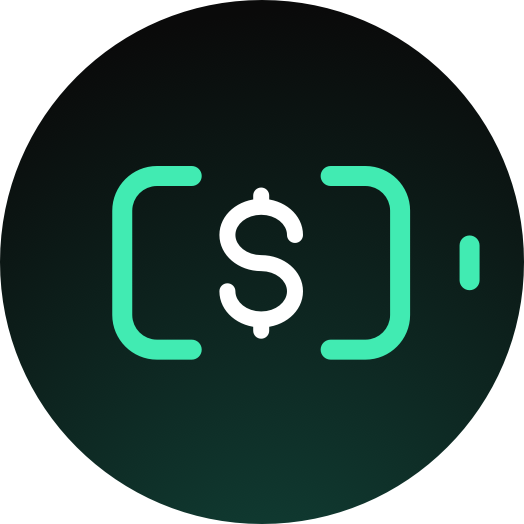Selling the Full Semiconductor Solution: Are You Unlocking the Whole Opportunity?
 PowerSell.ai
PowerSell.ai
Introduction
In many semiconductor organizations, sales strategies are shaped by habit as much as by market need. McKinsey’s “Unlocking Sales-Force Potential in the Semiconductor Industry” highlights a recurring pattern: even highly capable sales teams sometimes leave value on the table by focusing narrowly—whether on a single product line, a comfortable set of accounts, or familiar technical conversations. The question worth asking is: How well does your current sales process uncover the full breadth of customer needs and connect them to your complete portfolio?
1. Do You Default to Selling the Familiar?
Many sales reps lean into products they know best, often the ones they’ve historically succeeded with, rather than exploring the full range of what might fit a customer’s application. This can create blind spots, especially in industries where customers increasingly seek integrated, system-level solutions. Think about this:
- How often are complementary or cross-sell products actively discussed in customer meetings?
- Is your sales process designed to prompt those conversations, or do they happen by chance?
2. Are You Asking Questions That Reveal the Bigger Picture?
Discovery is the cornerstone of solution selling, but in practice it often stops short. If a customer requests a specific component, reps may qualify for that need only and miss opportunities tied to the broader application. Ask yourself:
- Does your discovery framework include application-wide considerations, not just product-specific ones?
- Are your teams trained to explore how different products in your portfolio could address interrelated customer challenges?
3. Can You Deliver the Right Datasheet or Part Number on the First Call?
McKinsey points out that the first conversation with a prospect is often decisive. If a rep can provide a qualified part number, datasheet, or sample immediately, the likelihood of being specified in a design increases dramatically. Delays, caused by needing to “check with engineering” or hunt for documents, can give competitors an opening. Consider this:
- In your current process, how quickly can a rep get accurate technical documentation to a customer without leaving the call?
- Are product data, cross-references, and application notes organized in a way that supports this level of responsiveness?
4. Is “Selling the Whole Portfolio” Built Into Your Process?
It’s easy for portfolio selling to become an aspirational goal that gets lost in the urgency of meeting immediate demand. Without explicit process steps, tools, or prompts, the broader conversation may never happen. Reflect on:
- What triggers, tools, or checkpoints in your sales cycle ensure the full portfolio is considered?
- How often are you reviewing wins and losses to see if broader solutions could have been proposed?
Conclusion
Selling the full semiconductor solution isn’t about upselling, it’s about positioning your organization as a true partner in your customer’s product design and success. Achieving that requires intentional discovery, structured portfolio thinking, and the ability to deliver critical technical information instantly. As semiconductor markets mature, the companies that consistently connect the dots across their portfolio, and help customers make those connections in real time, will be the ones that capture the most value. The real question is: Does your current sales process make that possible?